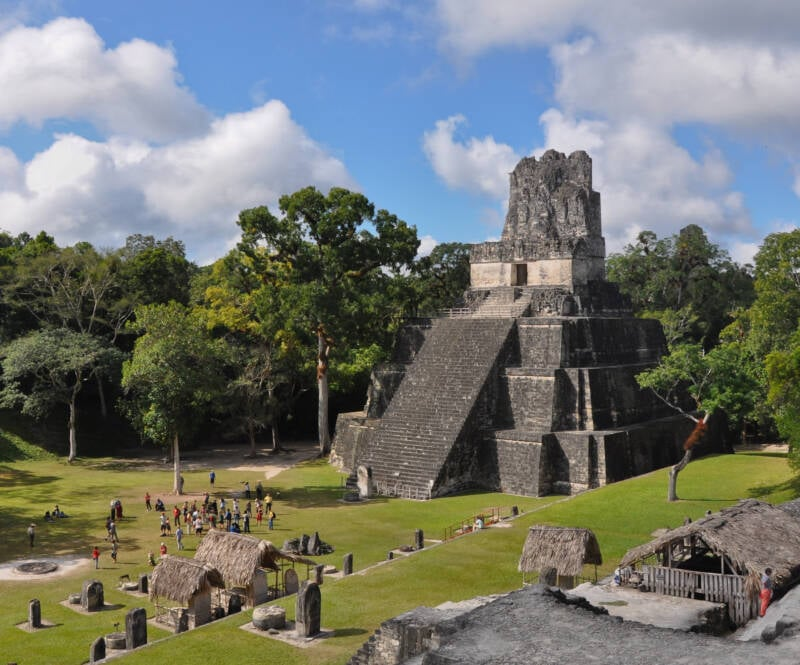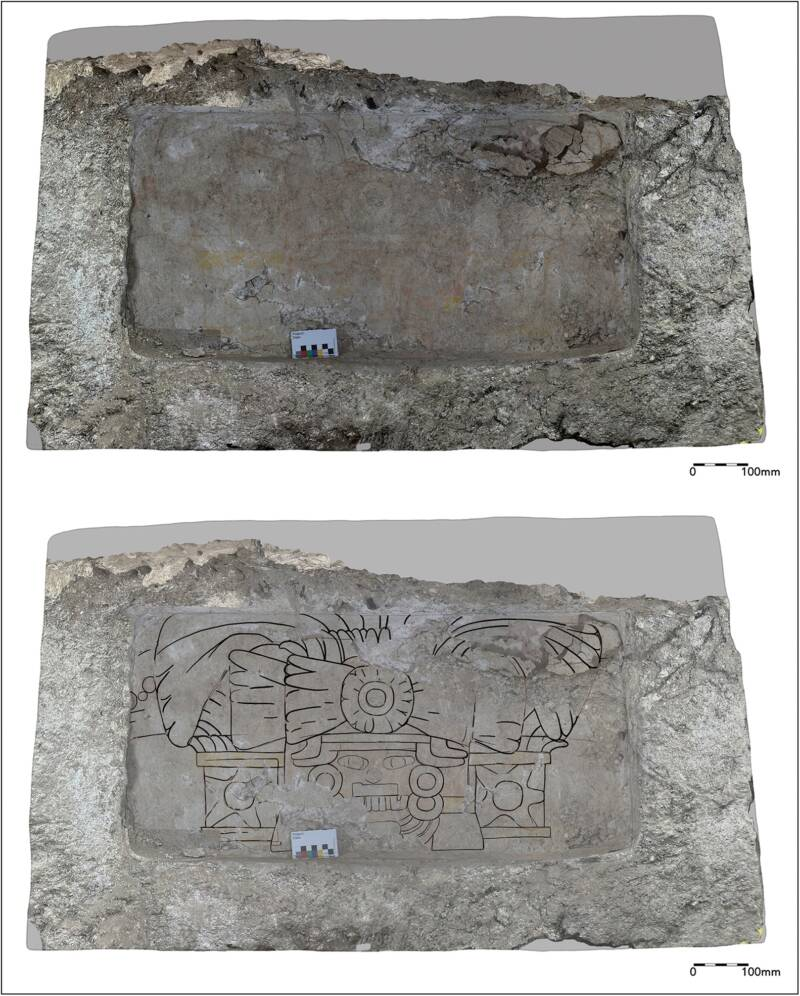Archaeologists in Guatemala recently uncovered an ancient altar used for child sacrifices over 1,600 years ago, offering new insights into the interactions between the Teotihuacan and Maya civilizations. The altar, dating back to the 5th century C.E., was discovered in Tikal, an ancient Maya city located in what is now Tikal National Park. The Teotihuacan people, who lived more than 700 miles north of Tikal, near present-day Mexico City, had a surprising connection with the Maya, as evidenced by this ritualistic find.
The altar, found within a residential complex, contained the remains of three children, all under the age of four, suggesting that it was used in child sacrifice ceremonies. This grisly discovery adds a layer of understanding to the religious practices that were shared by both cultures. Archaeologists believe that the altar's presence in Tikal points to significant sociopolitical and cultural exchanges between the two ancient societies.
Mike Vondran/Wikimedia Commons
Tikal, once a powerful Maya city-state, thrived between 200 and 900 C.E., serving as a major political and economic hub in the region. Known for its towering temple pyramids, the city was home to tens of thousands of people before its mysterious decline. Meanwhile, over 700 miles to the north, Teotihuacan, a massive city with a population of over 100,000, was experiencing its own peak. Known as "the city of the gods," Teotihuacan was a cultural melting pot, though its origins remain shrouded in mystery.
The discovery of the Teotihuacan altar in Tikal suggests that these two influential civilizations were more connected than previously thought. Archaeologists point to the shared practices of sacrifice in both cultures as a sign of their spiritual and cultural ties. The altar, made of limestone and adorned with painted designs, was found alongside other Teotihuacan-style artifacts, including anthropomorphic figures. These findings underscore the significance of Tikal as a cosmopolitan center where various cultures converged.
Ricardo David Sánchez/Wikimedia Commons
The altar, measuring over three feet wide and six feet long, also featured depictions of the Storm Goddess, a deity associated with the Teotihuacan people. These symbolic elements, combined with the discovery of child remains, reveal the complex rituals practiced in this ancient civilization. Although much remains unknown about Teotihuacan, this altar offers a rare glimpse into the society's religious practices and its connections to the Maya.
H. Hurst, A. Bass, L. Paiz & E. Román
For those interested in exploring more about ancient religious practices, this discovery provides a compelling starting point. The sacrificial rites practiced by both the Teotihuacan and Maya civilizations raise fascinating questions about their beliefs and societal structures, particularly regarding their relationships with the celestial realms.










